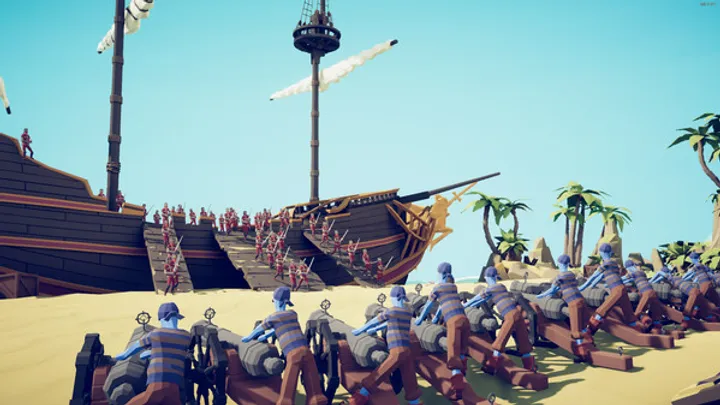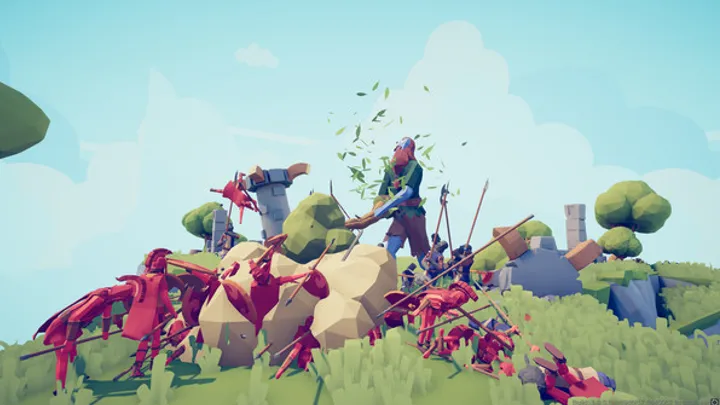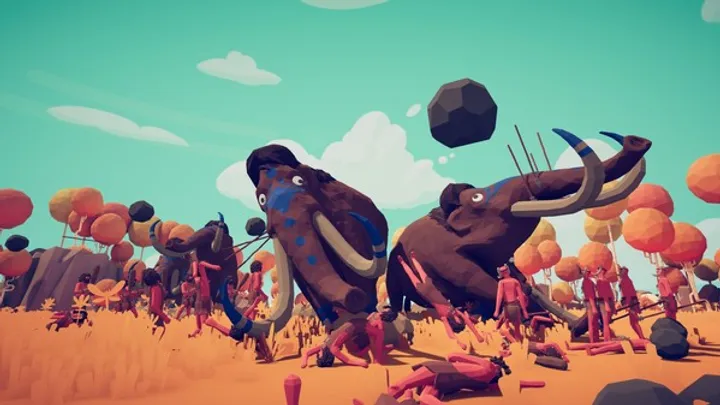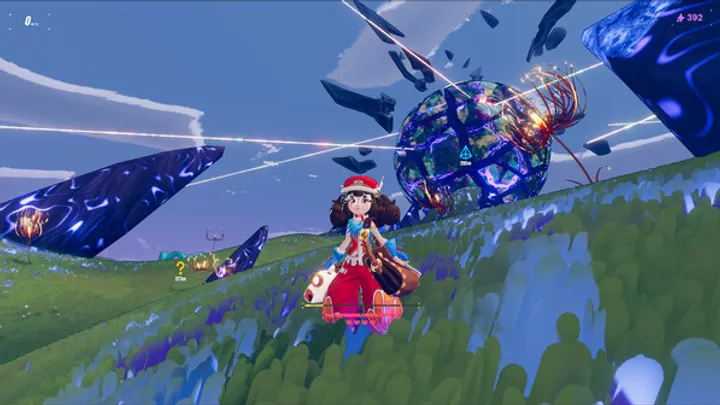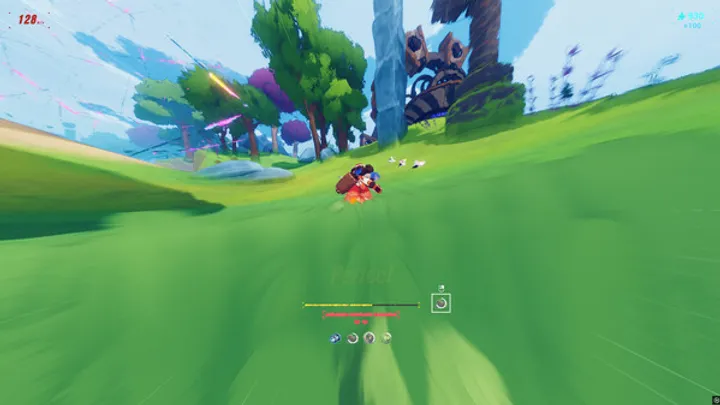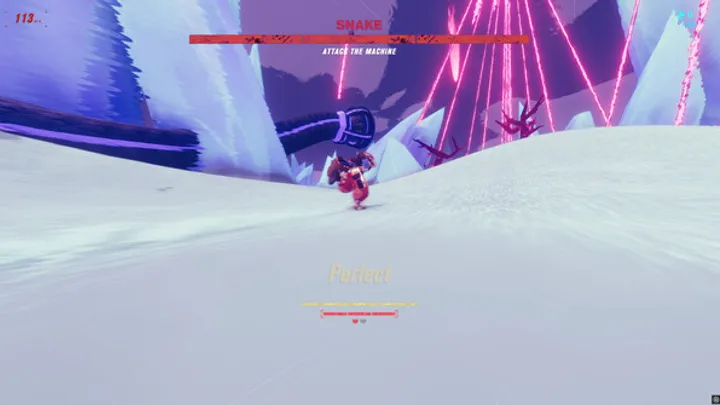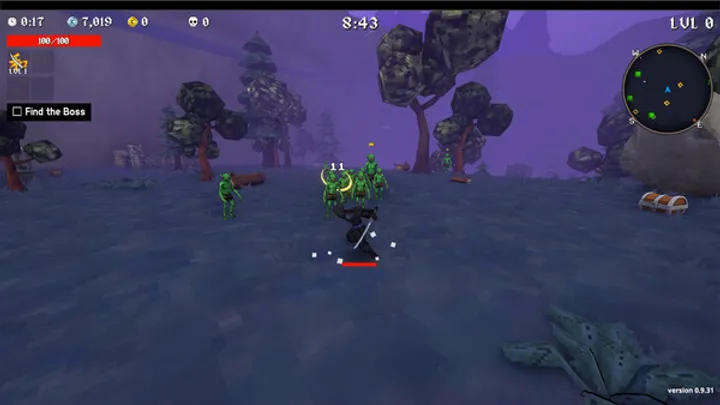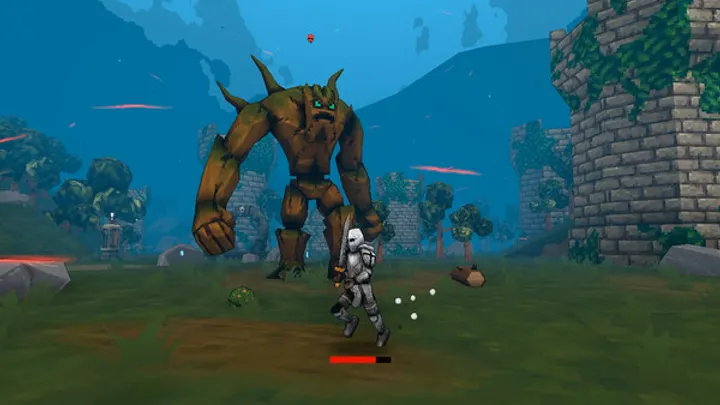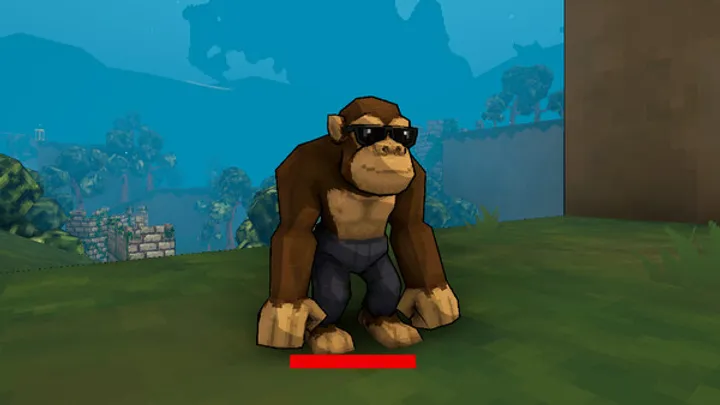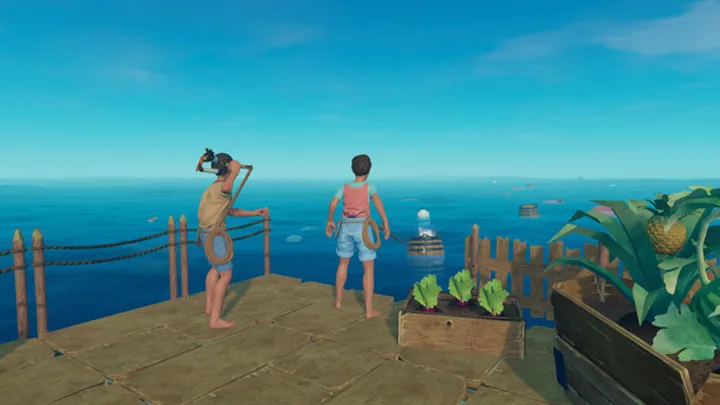Left 4 Dead 2 isn’t just another zombie shooter—it’s a survival experience that demands teamwork, timing, and tactical thinking. Beneath its chaotic surface lies a finely tuned system where every bullet, medkit, and decision can determine life or death. Whether you’re sprinting through the streets of New Orleans or fighting off hordes in a swamp, mastering the game means understanding more than just shooting—it’s about rhythm, cooperation, and adaptability.
This guide dives deep into advanced Left 4 Dead 2 strategies, covering everything from weapon synergy to special infected tactics, resource conservation, and multiplayer mastery. Each section follows the natural progression of a survivor’s journey—from novice runner to expert zombie-slayer.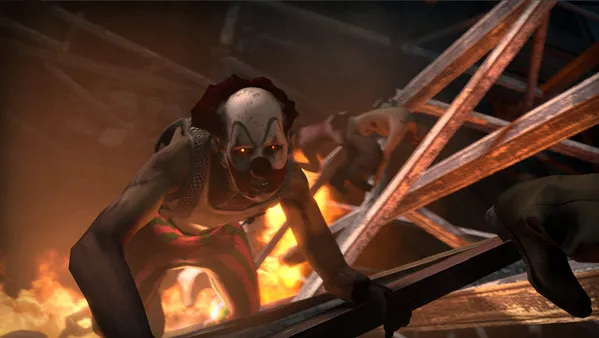
1. Learn the Basics: Survival First, Shooting Second
Before you rush into battle, remember that Left 4 Dead 2 is about team survival, not individual heroics. You might be the best shooter in your squad, but if you abandon your teammates, the infected will punish you instantly.
- Understand your role. Each survivor shares resources and responsibilities. Watch your teammates’ health, cover their backs, and revive them when needed.
- Don’t sprint ahead. The AI Director punishes solo players by spawning hordes and special infected on isolated targets. Always move as a group.
- Use melee wisely. Weapons like the katana or crowbar save ammo and clear close-range threats quickly, but don’t overcommit—Swing stamina and slow recovery can get you pinned.
Staying alive means staying together. In Left 4 Dead 2, teamwork isn’t optional—it’s survival.
2. Mastering the Weapon System
The game’s weapon balance rewards smart choices over raw damage. Knowing which gun fits the scenario makes the difference between clearing a wave or dying mid-reload.
- Tier 1 vs. Tier 2 weapons: Early maps give low-tier weapons like SMGs and pump shotguns. By the mid-campaign, upgrade to combat shotguns or assault rifles for better crowd control.
- Melee mastery: Chainsaws are devastating but loud, attracting more infected. The crowbar and machete are balanced for endurance runs.
- Explosives and support gear: Molotovs block chokepoints and burn hordes; pipe bombs attract zombies away; bile jars manipulate infected behavior for strategic escapes.
Choosing weapons should reflect both map layout and team composition. If your squad already has two shotguns, grab an assault rifle to balance engagement ranges.
3. Reading the AI Director – The Hidden Enemy
The “AI Director” silently controls enemy spawns, supplies, and difficulty pacing. Understanding its behavior transforms panic into prediction.
- It reacts to your performance. The better you do, the tougher it gets. If you move too fast or stay too long, the Director unleashes hordes to maintain tension.
- Health and resources scale dynamically. If the team is struggling, you’ll find more medkits or weaker enemies. If you dominate, expect fewer resources and more specials.
- Noise attracts trouble. Shooting car alarms, breaking glass, or using explosive barrels can summon hordes. Move carefully through urban zones.
Once you learn to “read” the Director, you’ll anticipate ambushes before they happen, turning chaos into calculated survival.
4. Dealing with Special Infected — The True Challenge
Ordinary zombies are predictable; special infected are not. Each one counters specific player behaviors. Knowing their tactics helps you neutralize them efficiently.
- Boomer: Vomits bile that attracts hordes. Keep your distance and shoot from range.
- Smoker: Uses a tongue to pull survivors away. Always stay line-of-sight with your team to avoid isolation.
- Hunter: Pounces from afar. Listen for growls and aim for mid-air headshots.
- Charger: Slams one target, scattering the team. Dodge sideways, not backward.
- Spitter: Covers areas with acid. Avoid chokepoints after her attack.
- Jockey: Controls your movement; stay near walls to prevent being dragged into danger.
- Tank: The boss of chaos. Use fire, teamwork, and open spaces to kite and damage it safely.
- Witch: Don’t shoot her. Ever. Walk slowly past with your flashlight off.
Every encounter with a special infected is a test of awareness. Calm reactions and coordination keep your squad intact.
5. Healing, Buffs, and Item Management
Healing isn’t about topping up; it’s about timing. Waste medkits early, and you’ll regret it later when your team bleeds out mid-finale.
- Medkits and pills: Medkits heal fully but take time. Pain pills and adrenaline shots offer temporary boosts—use them for emergencies or finales.
- Share your items. If a teammate drops below 30 HP, offer a medkit. The longer your team stays collectively healthy, the more efficient the campaign run.
- Adrenaline advantages: Increases reload, heal, and run speed. Perfect for finale rushes or rescuing pinned teammates.
Never hoard resources. In Left 4 Dead 2, every item you share is an investment in team survival.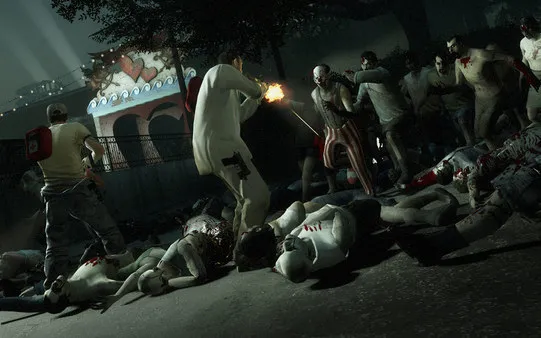
6. Map Awareness and Positioning
Each campaign features unique map layouts, hazards, and choke zones. Positioning decides whether you fight smart or die trapped.
- Hold the high ground. Elevation gives visibility and limits flanking angles. Avoid standing near edges, where smokers and chargers can pull you off.
- Know your escape routes. Memorize safe rooms and choke exits. Use Molotovs to block horde paths while retreating.
- Defensive positioning: In finales, form a semicircle formation—two players on corners, one rear guard, one medic center.
Smart positioning turns any location into a fortress. Panic loses fights; preparation wins them.
7. Advanced Team Coordination
Even with perfect aim, a disorganized team will fail. Coordination is the soul of Left 4 Dead 2.
- Stick in pairs. A solo survivor is easy prey. Move in duos so one can rescue if the other is pinned.
- Voice communication or pings. Constant updates—“Hunter right,” “Tank incoming,” “Reloading”—prevent chaos.
- Role division: Assign responsibilities—leader, support, cleaner, and scout. The leader controls pace, the support manages healing, and the cleaner clears hordes.
When every player knows their role, Left 4 Dead 2 feels less like panic and more like a synchronized dance through the apocalypse.
8. Horde Control and Crowd Management
The horde system thrives on confusion. Learning how to control crowd flow keeps you alive even when hundreds rush your position.
- Chokepoint advantage. Funnel zombies through narrow paths to limit exposure. Shotguns dominate here.
- Crowd reset tactics: Use pipe bombs to divert hordes, giving breathing space to reload or heal.
- Fire discipline: Avoid panic spraying; conserve ammo by burst-firing and aiming for headshots.
Smart players control the flow instead of reacting to it. The difference between panic and survival is measured in how you manage the crowd.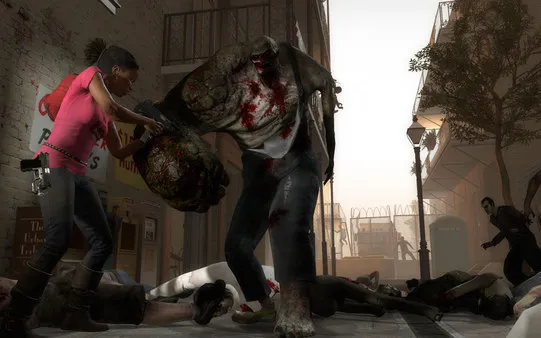
9. The Art of Finale Survival
Finale events are the ultimate tests of teamwork. Whether defending a bridge or calling for rescue, surviving requires more than good aim—it demands perfect coordination.
- Preparation phase: Before triggering the finale, distribute medkits and throwables evenly. Stock ammo and identify defensive zones.
- Layered defense: Set up traps—gasoline cans, propane tanks, and pipe bombs—to delay incoming waves.
- Boss coordination: Tanks appear mid-finales. Focus all fire on them and keep distance. Avoid being cornered near walls.
Never trigger a finale without communication. A single misstep can collapse even the best plan.
10. Competitive and Versus Mode Mastery
Versus Mode turns players into special infected, demanding an entirely new mindset. To dominate, think like your enemy.
- Ambush positioning: Hide behind corners or ceilings where survivors can’t see you. Attack when they’re distracted by hordes.
- Synergy combos: Combine infected abilities—Smoker grabs, Spitter acids the area, Charger scatters survivors. Coordination creates chaos.
- Mind games: Attack when survivors are healing or reloading. Force panic, not damage.
Playing both sides improves your overall skill—knowing how special infected think makes you nearly unstoppable as a survivor.
Conclusion
Left 4 Dead 2 is more than a zombie shooter—it’s a living ecosystem of cooperation, fear, and instinct. Every campaign teaches lessons in rhythm and awareness: when to push, when to hold, when to risk, and when to retreat. The game rewards those who think, communicate, and adapt.
To truly master Left 4 Dead 2, stop seeing it as chaos and start seeing it as orchestration. Every weapon, every step, every scream is part of a rhythm you can control. Once you learn that rhythm, you won’t just survive—you’ll lead.








